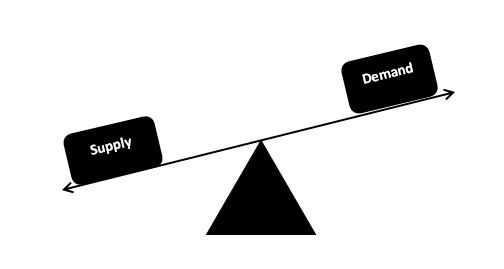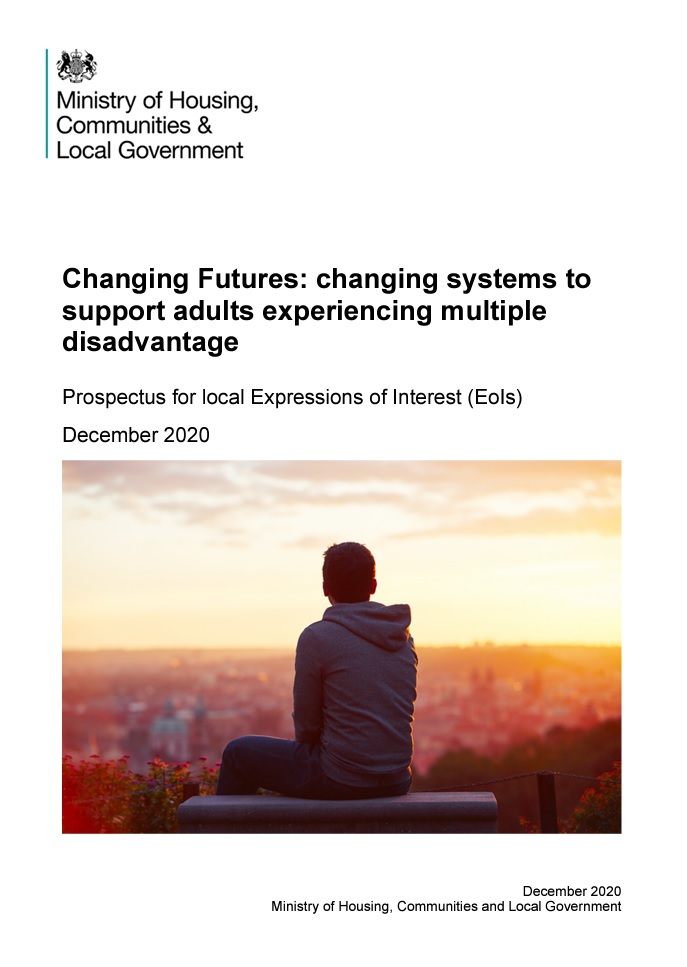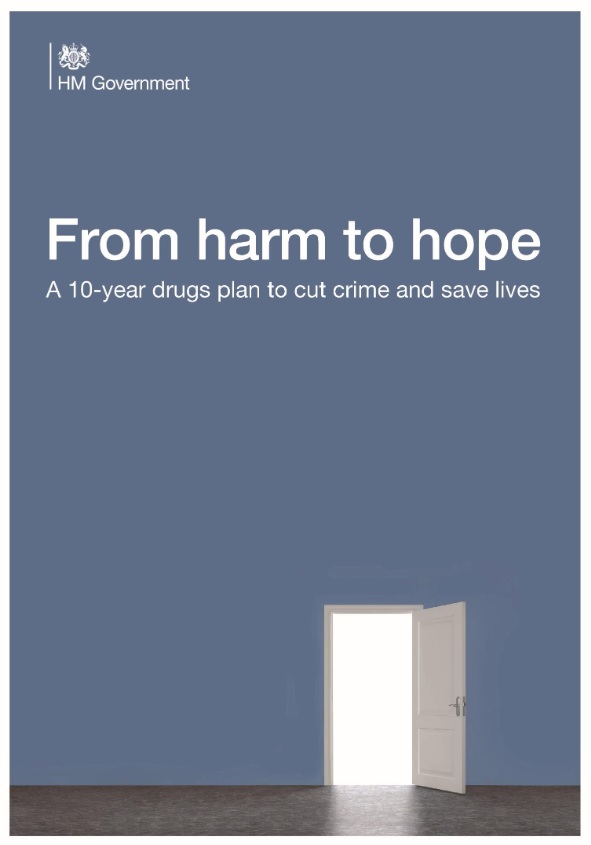|

Breaking Drug Supply Chains:
The UK is Europe’s largest heroin market and, since 2012, there has been an 80% increase in drug-related deaths, with the number of heroin-related deaths doubling over the same time period. The heroin and crack-cocaine market is estimated to represent £5.1 billion per year of the illegal drugs market, with more than 300,000 people experiencing dependency. In Dame Carol Black’s ‘Review of Drugs’, it was reported that dependency on heroin and crack was linked to more than half of all theft, robbery and burglary.
It is for these reasons that the government’s immediate goals to break the supply of drugs into the UK is focused primarily on this market. Over the next three years, the strategy aims to:
-
-
- Close 2,000 more county lines distribution chains
- Disrupt 6,400 organised criminal gangs
- Invest £300 million in trialling innovative interventions such as Project ADDER
- Recruiting 20,000 more police officers to grow Regional Organised Crime Units (ROCUs)
- Utilising technology and developing the security and detection workforce to eradicate the flow of drugs into prisons
Deliver a world-class treatment and recovery system:
 |
|
The UK government’s long-term strategy to transform drug treatment and recovery services will be funded by a £780 million ring-fenced investment for the first three years. This figure represents the “largest ever increase in treatment and recovery funding” and will help to deliver:
Better integrated services
-
-
- An expansion of treatment capacity
- A re-building of the substance misuse workforce
- Provision for local areas to offer effective substance misuse treatment, mental and physical healthcare, housing and employment support
- The means to provide a full range of evidence-based interventions across all areas
- The mechanism to respond to new and innovative treatment options such as forms of long-acting buprenorphine
- The development of trauma-informed services for Young People
|
Achieving a shift in demand for recreational drugs:
 |
|
With around three million people across England and Wales reporting having used drugs in the past year, this goal arguably represents the most ambitious element of the 10-year strategy as it requires a “generational shift in the use of drugs”. To facilitate this societal shift, the strategy aims to develop a world-leading evidence base, which in turn hopes to:
-
-
- Address the insufficient knowledge for how to positively impact drug-related attitudes and behaviours within populations at an international level
- Prevent drug use and build resilience amongst children and young people through skills-based education, multi-component programmes involving parenting interventions and support for individuals and families
- Bring together independent experts and representatives of relevant sectors – including education, law enforcement and the night-time economy – through convening a Drugs Summit in Spring 2022 to help improve the understanding of the challenges and potential solutions
- Reduce overall drug use towards an historic 30-year low, through the application of a £5 million three-year cross-government innovation fund which will test new approaches and evaluate outcomes with a view to reversing the rising trend in drug use
|
Where are we now?
In the three months since the publication of ‘From Harm to Hope’, we have already seen a number of new and existing initiatives emerge and evolve:
 |
- Changing Futures – This programme began in July 2021 and is due to end in March 2024. It works with 15 local cross-sector partnerships to test innovative approaches to more effective and co-ordinated support to help adults experiencing multiple disadvantages
- Project ADDER – This initiative focuses on co-ordinated law enforcement activity, alongside expanded diversionary programmes (such as Out of Court Disposal orders), using the criminal justice system to divert people away from offending. Due to the recent success of this programme in helping to disrupt over 600 organised crime groups, the government have pledged to extend funding to 2025
|
|
What are the next steps?
The data captured and reported on from these new initiatives will be a key component in driving this strategy. The government are committed to establishing new “nationally set standards and outcomes” which they hope will provide structure and “ensure consistently high-quality services” are being delivered.
-
-
- National Outcomes Framework – In an effort to provide clear and consistent focus of the long-term outcomes of this strategy, the government plan to publish the stated measures and progress made towards these next month (April 2022). Approaches around developing new datasets and improving visibility of data will evolve through working with the Better Outcomes through Linked Data (BOLD) Programme, which aims to enhance the availability of information and ultimately improve services and outcomes for the most vulnerable adults in society
- Local Outcomes Frameworks – It is vital that there is alignment between national outcome expectations and local delivery. A key recommendation of the Dame Carol Black report was for local outcomes frameworks to be will available for comparison with other similar areas. Indeed, the strategy points out, in some cases funding may be dependent on showing progress on these outcomes
How can ILLY help?
At ILLY Systems, our vision is to use technology to make a real difference within communities. We do this by turning live data into useful information which can be shared across local authorities.
Our market-leading case management system – LINKS CarePath – is widely used across the UK by community, residential and prison-based services offering support to individuals and families impacted by substance misuse and/or homelessness.
Data captured in LINKS CarePath can be easily extracted through a number of inbuilt reporting and monitoring functionality, with the ability to view, manage and share anonymised data at a commissioner level.
If you have any questions or would like to find out more, please get in touch with our Client Services team and we’ll be happy to help:
 020 4566 5727 020 4566 5727  clientservices@illycorp.com clientservices@illycorp.com
|
|







